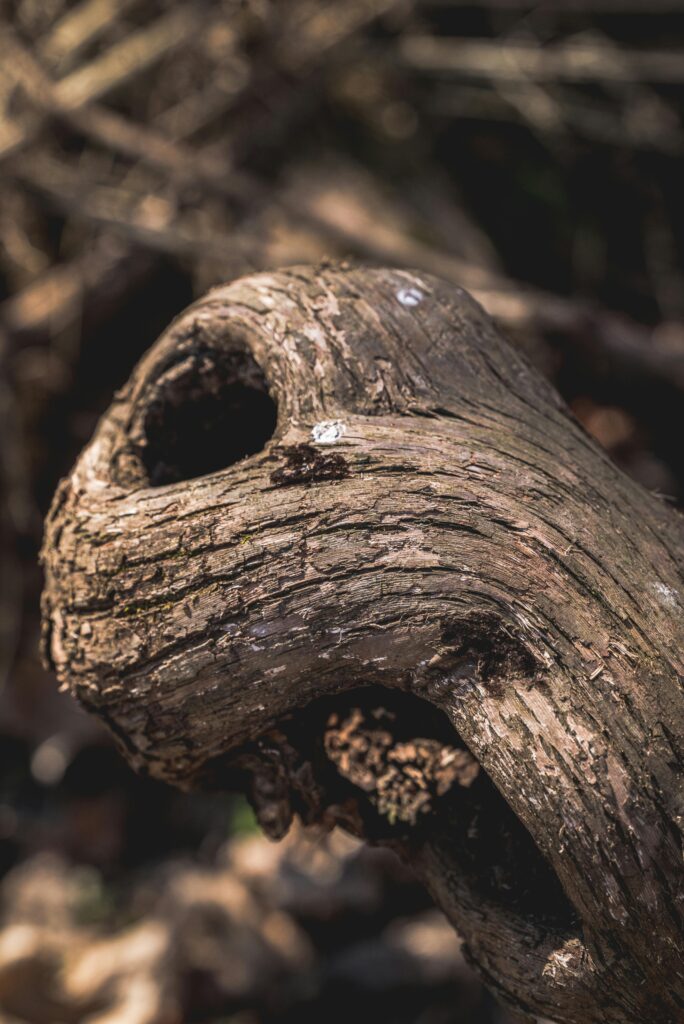Common Signs of Tree Disease and How to Address Them
February 27, 2024

Common Signs of Tree Disease and How to Address Them
A wilted or dead twig or branch can indicate a number of issues. Holes in leaves or a bark that looks like white talcum powder can indicate an insect infestation.
Symptoms include slowed growth, yellowing and wilting leaves, drooping and twig or needle drop; limb and crown dieback; stunted foliage; and premature fall coloration and fruit formation.
Leaves
Tallahassee, FL Tree Service | Homeowners should remain vigilant in observing their trees for signs of diseases, with the first visible indicators often manifesting as spots or blemishes on the leaves. These leaf spots, commonly attributed to fungi like Septoria, Phyllosticta, or Melampsora rusts, typically emerge in cool and wet spring conditions. While leaf spots are prevalent, they may not necessarily pose a serious threat.
Recognizing fungal disease symptoms is crucial, as they can include wilting or dying foliage, browning along leaf margins and between veins, and the emergence of fruity or smelly exudation from wounds. Some diseases result in the formation of galls, resembling bumps on stems, trunks, or twigs. Notable examples include powdery mildew affecting evergreens, shot hole fungus in fruit and ornamental trees, anthracnose in sycamores, ash, maple, dogwood, and crabapple, as well as oak leaf blister.
An alarming sign of a struggling, diseased tree is the dropping of large branches, indicating compromised anchoring roots and trunk strength. In such cases, the tree may face the risk of eventual death. Homeowners in Tallahassee, FL, should prioritize regular tree inspections and consider professional tree services to address and mitigate potential issues promptly.
Bark
Trees can get disease in many ways, but the signs and symptoms often appear on leaves or the bark. Identifying the problem early may save a tree, or at least help you determine what action to take next.
Typical symptoms include sudden wilting and drooping of leaves, fruit or growing tips; general decline in growth and vigor; twig and branch dieback; reduced and stunted foliage and root death. Infections can be caused by a broad range of fungi, including Botrytis, Phytophthora, and Erwinia. Leaf, fruit and twig damage is usually more severe when weather is wet, or when the tree is stressed by drought, salt or nutrient stress.
Look for black knots, a fungal development on the bark that starts out green-brown or brown and then swells or splits. This is a very serious disease of oaks that needs to be treated with fungicidal sprays. Watch out for insect damage to leaves, such as holes caused by beetles or caterpillars. Damage or destruction of the bark can impede phloem transport and impair photosynthesis, leading to severe tree stress.
Branches
There are two types of inducers that can cause tree disease. One type is abiotic, meaning non-living; the other, biological, refers to bacteria, viruses, fungi and phytoplasma.
Symptoms of diseased trees include wilting leaves, slowed growth, progressive and significant twig and branch dieback, undersized branches or needles, premature fall coloration, excessive seed or cone formation, spore production (mushrooms, conks), rotting bark, and the presence of fungal fruiting bodies on twigs, trunks, butts, and root flares.
If a twig or branch turns brown, black, or dead, it is a sign of disease in the tree and should be cut off as soon as possible. This will prevent the spread of fungus to healthy branches. Fungi spores spread rapidly through natural and mechanical injuries. This is why it is crucial to identify the disease before using a spray. The wrong type of spray can be harmful or even lethal to the tree. If you suspect a tree is sick, contact your landscaping company to have an arborist perform an inspection.
Sap
Xylem and phloem are two separate substances that are often lumped together under the label of “tree sap.” Xylem transports water, minerals, sugar and hormones up the tree in a long string formation (think the rings you see when a tree is cut down; those are the old xylem channels). Tree diseases can cause wounds and other problems within the xylem that lead to an unnatural flow of sap.
The most common sign of this is oozing sap from the tree. This is usually a good thing, except when it indicates an infection. Look for sunken areas on the trunk and branches, discoloration of bark, and cankers (round or elongated spots on the trunk and bark that look like mushroom-like growth).
Another common symptom is bleeding from wounds. This may be a sign of a disease known as slime flux, which is a result of bacteria or yeasts colonizing the sap through wounds from improper pruning, injections, freeze damage, cracks from wind and/or frost injuries, or weak limb crotches. Slime flux is most often seen on elm, but can affect oaks, maples and birch as well.
